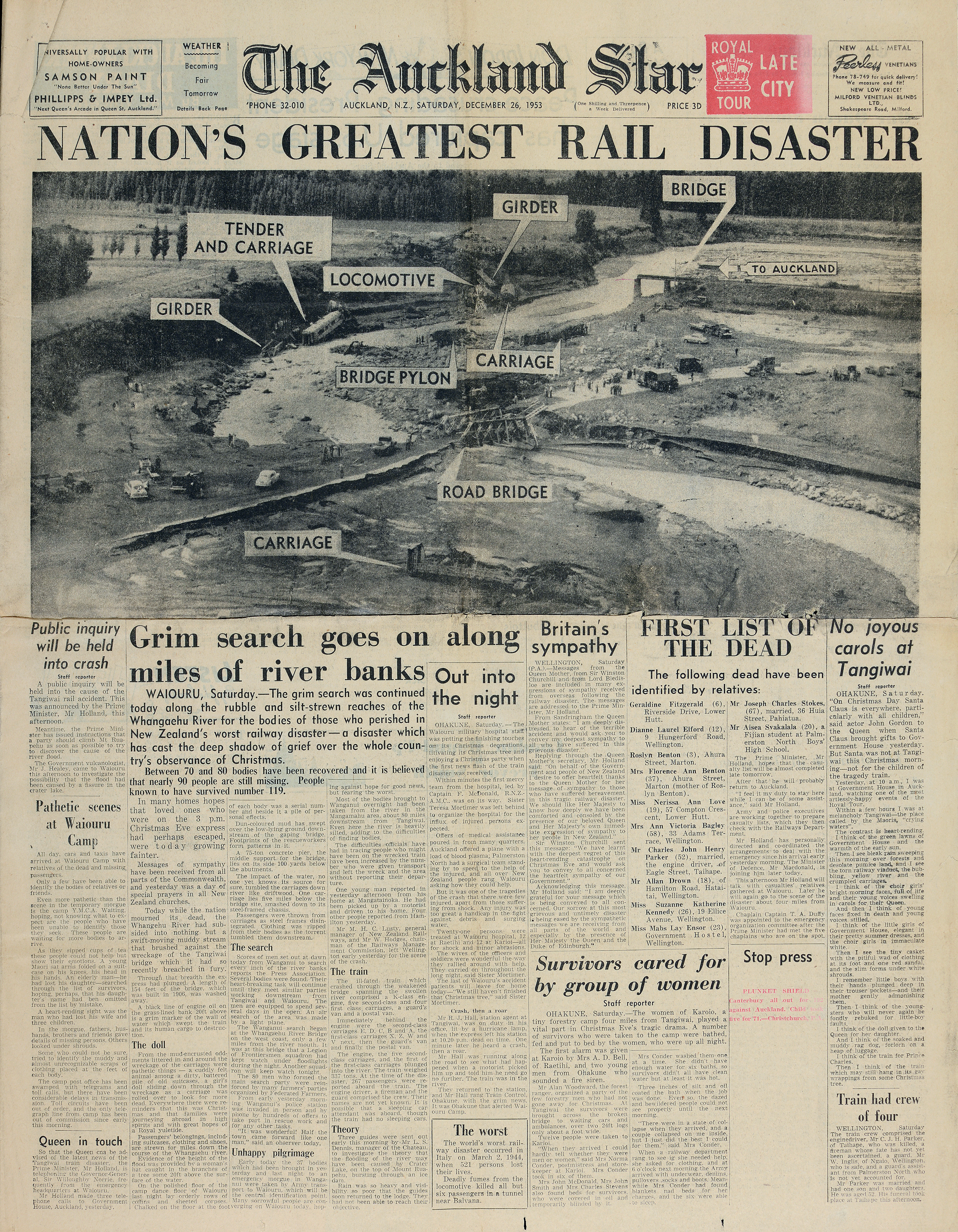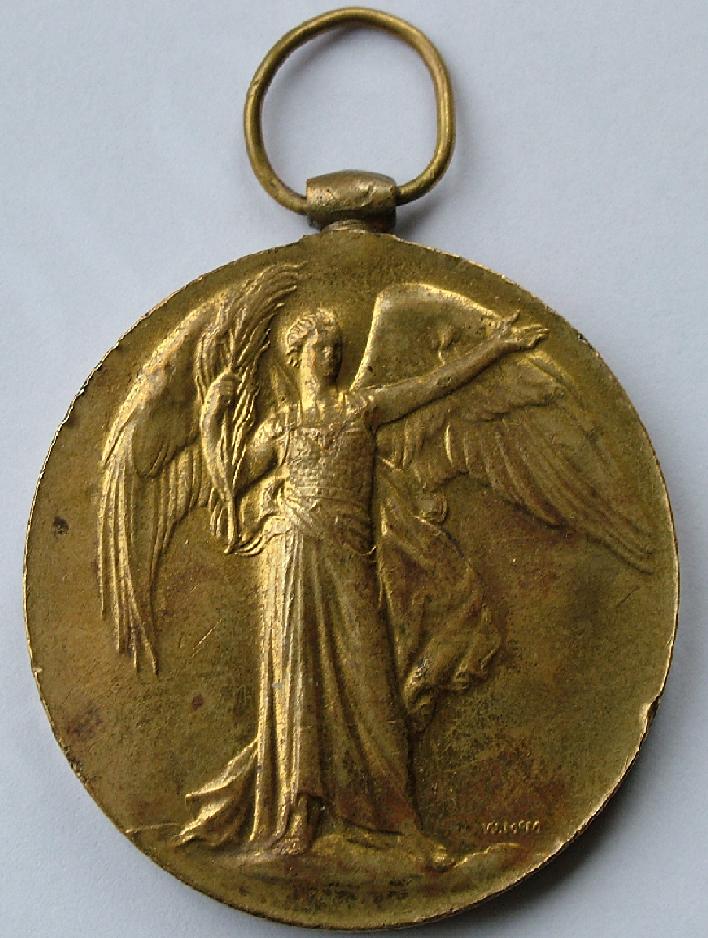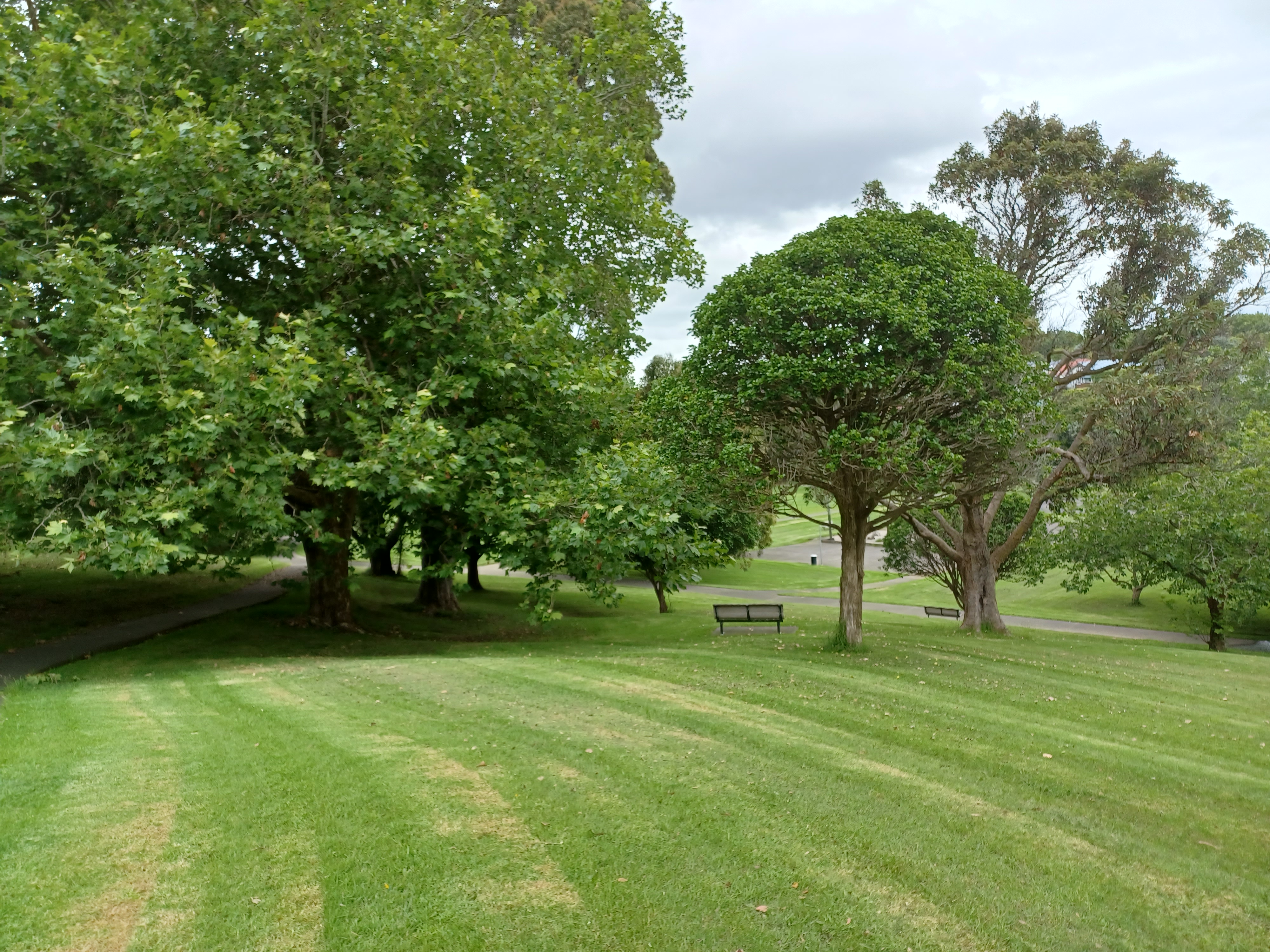|
Neville St George
Robert Neville St George (2 July 1897 – 27 October 1980) was a rugby league footballer. He represented the New Zealand rugby league team in 2 test matches in 1925. In the process he became the 178th player to represent New Zealand. He also represented the North Island and Auckland representative side. St George played his club rugby league in Auckland for the Marist Old Boys side initially before moving to Devonport United (North Shore Albions) where he spent most of his career. Early life Robert Neville St George was born on July 2, 1897, in the Auckland suburb of Papatoetoe, New Zealand. While his first name was Robert he went by Neville for much of his life, reverting back to Robert later. His parents were Lillian Neville, and Robert Montgomery St George. Robert Sr. had been born in Papakura, Auckland, in 1874 and Lillian had come to New Zealand as an infant and lived in Onehunga, Auckland. Lillian died on October 12, 1916, aged 42 when Neville was 19 years old and his ... [...More Info...] [...Related Items...] OR: [Wikipedia] [Google] [Baidu] |
Neville St George Photo
Neville may refer to: Places *Neville, New South Wales, Australia *Neville, Saskatchewan, Canada *Néville, in the Seine-Maritime department, France *Néville-sur-Mer, in the Manche department, France *Neville, Ohio, USA *Neville Township, Pennsylvania, USA People *Neville (name), including a list of people and characters with the name *House of Neville, a noble family of England *Neville (wrestler), ring name of Benjamin Satterley, a British professional wrestler Other uses *USS Neville (APA-9), USS ''Neville'' (APA-9), a Heywood-class attack transport in the United States Navy *Neville (Thomas the Tank Engine), a railway engine in ''Thomas & Friends'' *Concrete Aboriginal, a lawn ornament in Australia also known as a "Neville" See also *Fifehead Neville, Dorset, England *Tarring Neville, East Sussex, England *Neville's algorithm, used for polynomial interpolation *The Neville Brothers, American band *Naville, a surname *Nevil (other) * Nevill (other) * N ... [...More Info...] [...Related Items...] OR: [Wikipedia] [Google] [Baidu] |
North Island
The North Island, also officially named Te Ika-a-Māui, is one of the two main islands of New Zealand, separated from the larger but much less populous South Island by the Cook Strait. The island's area is , making it the world's 14th-largest island. The world's 28th-most-populous island, Te Ika-a-Māui has a population of accounting for approximately % of the total residents of New Zealand. Twelve main urban areas (half of them officially cities) are in the North Island. From north to south, they are Whangārei, Auckland, Hamilton, Tauranga, Rotorua, Gisborne, New Plymouth, Napier, Hastings, Whanganui, Palmerston North, and New Zealand's capital city Wellington, which is located at the south-west tip of the island. Naming and usage Although the island has been known as the North Island for many years, in 2009 the New Zealand Geographic Board found that, along with the South Island, the North Island had no official name. After a public consultation, the board officially ... [...More Info...] [...Related Items...] OR: [Wikipedia] [Google] [Baidu] |
Auckland Star
The ''Auckland Star'' was an evening daily newspaper published in Auckland, New Zealand, from 24 March 1870 to 16 August 1991. Survived by its Sunday edition, the ''Sunday Star'', part of its name endures in ''The Sunday Star-Times'', created in the 1994 merger of the ''Dominion Sunday Times'' and the ''Sunday Star''. Originally published as the ''Evening Star'' from 24 March 1870 to 7 March 1879, the paper continued as the ''Auckland Evening Star'' between 8 March 1879 and 12 April 1887, and from then on as the ''Auckland Star''. One of the paper's notable investigative journalists was Pat Booth, who was responsible for notable coverage of the Crewe murders and the eventual exoneration of Arthur Allan Thomas. Booth and the paper extensively reported on the Mr Asia case. In 1987, the owners of the ''Star'' launched a morning newspaper to more directly compete with ''The New Zealand Herald''. The ''Auckland Sun'' was affected by the 1987 stock market crash and folded a year l ... [...More Info...] [...Related Items...] OR: [Wikipedia] [Google] [Baidu] |
Maritime Football Club
Maritime was a rugby league club in Auckland. They competed from 1918 to 1930 under the name Maritime for 4 seasons, Athletic for 4 seasons, Grafton Athletic for 3 seasons and Kingsland Athletic (following a merger with Kingsland Rovers) for 2 seasons, before the club was 'forced' to join with Marist Saints, Marist Old Boys in 1931. Club History Formation and first season On 10 April 1918 the “Maritime Club” applied to the Auckland Rugby League for affiliation to the league. They were nominating a senior team and their application was granted. They also nominated T. Sullivan as their delegate which was also approved while their registration of club colours was “held over for one week” due to another club applying to use the same colours. Their club colours eventually settled on red, white, and blue. Their first match was against Newton Rangers at Victoria Park, Auckland on April 27. Their first ever senior squad was listed as “A Cross, Campney, Dufty, Lynne, Barchard, H ... [...More Info...] [...Related Items...] OR: [Wikipedia] [Google] [Baidu] |
Victory Medal (United Kingdom)
The Victory Medal (also called the Inter-Allied Victory Medal) is a United Kingdom and British Empire First World War campaign medal. The award of a common allied campaign medal was recommended by an inter-allied committee in March 1919. Each allied nation would design a 'Victory Medal' for award to their own nationals, all issues having certain common features, including a winged figure of victory on the obverse and the same ribbon. Fourteen countries finally awarded the medal. Eligibility The Victory Medal (United Kingdom) was issued to all those who received the 1914 Star or the 1914–15 Star, and to most of those who were awarded the British War Medal. It was not awarded singly. To qualify, recipients need to have served in the armed forces of the United Kingdom or the British Empire, or with certain recognised voluntary organisations, and have entered any theatre of war between 5 August 1914 and 11 November 1918. While home service did not count, United Kingdom based m ... [...More Info...] [...Related Items...] OR: [Wikipedia] [Google] [Baidu] |
British War Medal
The British War Medal is a campaign medal of the United Kingdom which was awarded to officers and men of British and Imperial forces for service in the First World War. Two versions of the medal were produced. About 6.5 million were struck in silver and 110,000 in bronze, the latter awarded to, among others, the Chinese, Maltese and Indian Labour Corps. Institution The British War Medal was instituted on 26 July 1919 for award to those who had rendered service between 5 August 1914, the day following the British declaration of war against the German Empire, and the armistice of 11 November 1918, both dates inclusive.The National Archives – British Army medal index cards 1914–1920 (Access date 24 June 2018) Consideration was given to the award of clasps to com ... [...More Info...] [...Related Items...] OR: [Wikipedia] [Google] [Baidu] |
Suez
Suez ( ar, السويس '; ) is a seaport city (population of about 750,000 ) in north-eastern Egypt, located on the north coast of the Gulf of Suez (a branch of the Red Sea), near the southern terminus of the Suez Canal, having the same boundaries as Suez Governorate. It has three harbours, Adabiya, Ain Sokhna and Port Tawfiq, and extensive port facilities. Together they form a metropolitan area, located mostly in Africa with a small portion in Asia. Railway lines and highways connect the city with Cairo, Port Said, and Ismailia. Suez has a petrochemical plant, and its oil refineries have pipelines carrying the finished product to Cairo. These are represented in the flag of the governorate: the blue background refers to the sea, the gear refers to Suez's status as an industrial governorate, and the flame refers to the petroleum firms of Suez. The modern city of Suez is a successor of the ancient city of Clysma (, meaning "surf, waves that break"; ; ), a major Red Sea por ... [...More Info...] [...Related Items...] OR: [Wikipedia] [Google] [Baidu] |
RMS Fort Victoria
''Fort Victoria'' was a cruise ship which was built in 1912 as ''Willochra''. During the First World War she was requisitioned for use as a troopship. In 1920 she was sold and renamed ''Fort Victoria'', serving until lost in a collision in 1929. History ''Willochra'' was built by William Beardmore & Co Ltd, Dalmuir, West Dunbartonshire. She was yard number 507 and was launched on 14 August 1912. Completion was on 7 February 1913. ''Willochra'' was built for the Adelaide Steamship Company. Her identical sister ships, also built by William Beardmore and Company, were SS '' Warilda'' (1911) and '' Wandilla'' (1912). In 1913, ''Willochra'' was chartered by the Union Steamship Company of New Zealand. In November 1914, ''Willochra'' was requisitioned, as a troopship making numerous journeys with reinforcements to the war, notably Egypt, and returning with wounded. In 1918 she was requisitioned by the British for Trans-atlantic duties and painted in dazzle camouflage. At the end if ... [...More Info...] [...Related Items...] OR: [Wikipedia] [Google] [Baidu] |
Devonport, New Zealand
Devonport ( ) is a harbourside suburb of Auckland, New Zealand. It is located on the North Shore, at the southern end of a peninsula that runs southeast from near Lake Pupuke in Takapuna, forming the northern side of the Waitematā Harbour. East of Devonport lies North Head, the northern promontory guarding the mouth of the harbour. The suburb hosts the Devonport Naval Base of the Royal New Zealand Navy, the main facility for the country's naval vessels, but is best known for its harbourside dining and drinking establishments and its heritage charm. Devonport has been compared to Sausalito, California, US due to its setting and scenery.In Auckland, Life Is Alfresco' – ''The New York Times'', 5 October 1997 Character The Devonport shops contain a variety of antique, gift and bookshops, and a number of cafes and restaurants, making it a popular destination for tourists and Aucklanders. Day trips combining a meal in Devonport with a trip up Mount Victoria or an exploration ... [...More Info...] [...Related Items...] OR: [Wikipedia] [Google] [Baidu] |
Westfield, New Zealand
Westfield is a suburb of Auckland, New Zealand For many years the abattoirs located here were discharging large amounts of untreated waste into Manukau Harbour. This had a detrimental effect on the ecology of the harbor, which at the turn of the 20th century had been a popular and attractive place to swim, sail, fish and gather shell fish. For most of the middle of the 20th century it was a health hazard and its shell-fish a probable source of food poisoning. Since the freezing works disappeared the water quality has improved greatly. There is a large railway marshalling yard located beside the Manukau Harbour. Portage Road, Ōtāhuhu, Portage Road is the location of Portages of New Zealand#Te Tō Waka, Te Tō Waka, one of the overland routes between the two harbours (and thus the Pacific Ocean and the Tasman Sea), where the Māori would beach their waka (canoes) and drag them overland to the other coast, thus avoiding having to paddle around North Cape, New Zealand, North Cape ... [...More Info...] [...Related Items...] OR: [Wikipedia] [Google] [Baidu] |
Grey Lynn
Grey Lynn is an inner suburb of Auckland, New Zealand, located to the west of the city centre. Originally a separate borough, Grey Lynn amalgamated with Auckland City in 1914. Grey Lynn is centred on Grey Lynn Park, which was not part of the original subdivision of 1883, since the land was too steep and too wet for house construction. In 1914 the land was drained and levelled for playing fields. The park is home to the annual Grey Lynn Park Festival, which attracts around 100,000 visitors on the third Saturday in November. The character of the area is often seen as "arty", and one of being a "traditional home to free-thinkers and anti-establishment types". Demographics Grey Lynn covers and had an estimated population of as of with a population density of people per km2. Grey Lynn had a population of 11,733 at the 2018 New Zealand census, an increase of 891 people (8.2%) since the 2013 census, and an increase of 1,491 people (14.6%) since the 2006 census. There were 4,1 ... [...More Info...] [...Related Items...] OR: [Wikipedia] [Google] [Baidu] |
Great North Road, Auckland
Great North Road is a major thoroughfare in Auckland, in the North Island of New Zealand. It runs from the fringe of the Auckland CBD to West Auckland. The road is the second longest in Auckland, after its counterpart, Great South Road, and is named after the Great North Road in Britain. In the days before the Auckland Harbour Bridge, Northern Motorway and Northwestern Motorway were built, it was the main road route from central Auckland to the areas north of the Auckland isthmus. In the 1960s, it carried 25,000–30,000 vehicles a day.Road engineering – traffic flow . ''''. 1966. [...More Info...] [...Related Items...] OR: [Wikipedia] [Google] [Baidu] |







